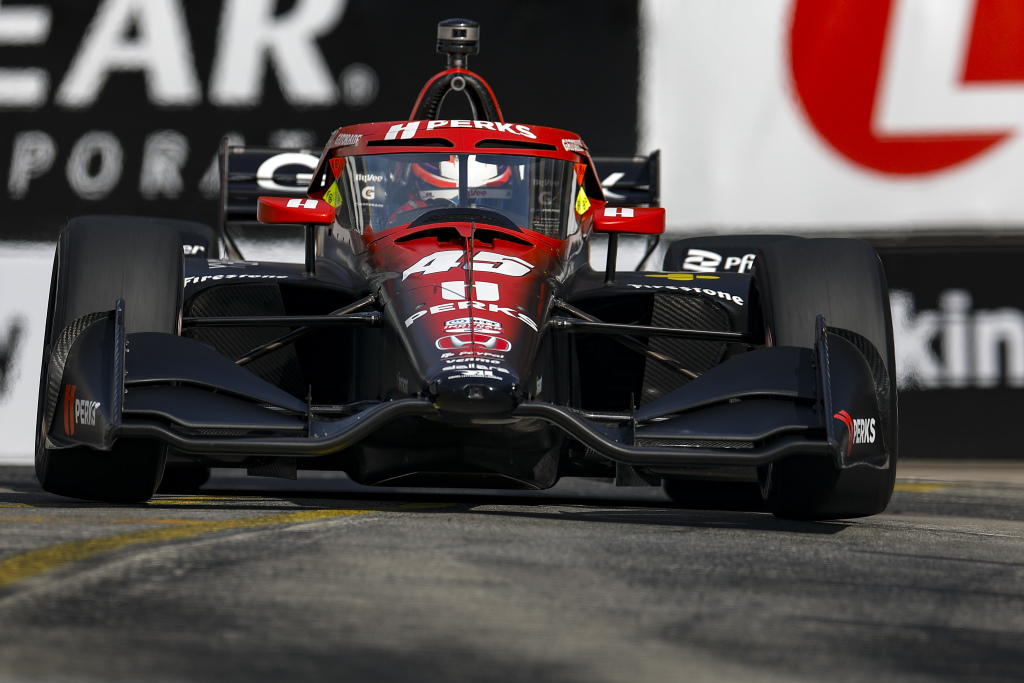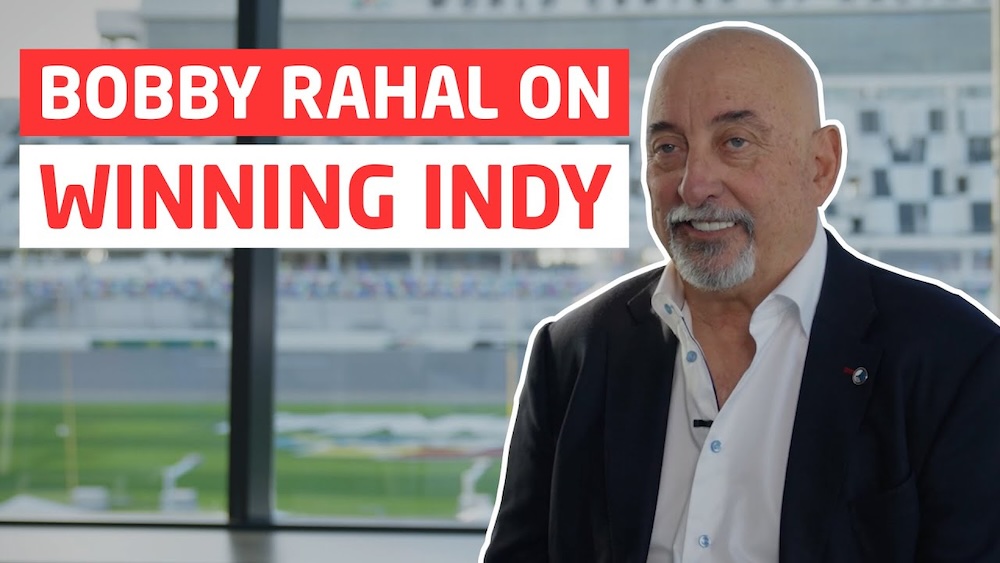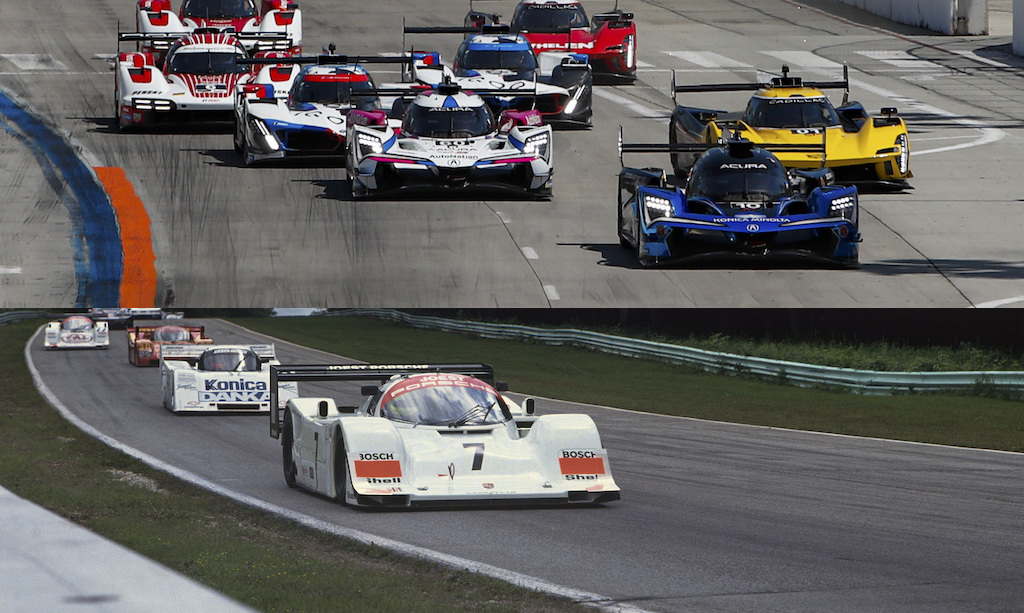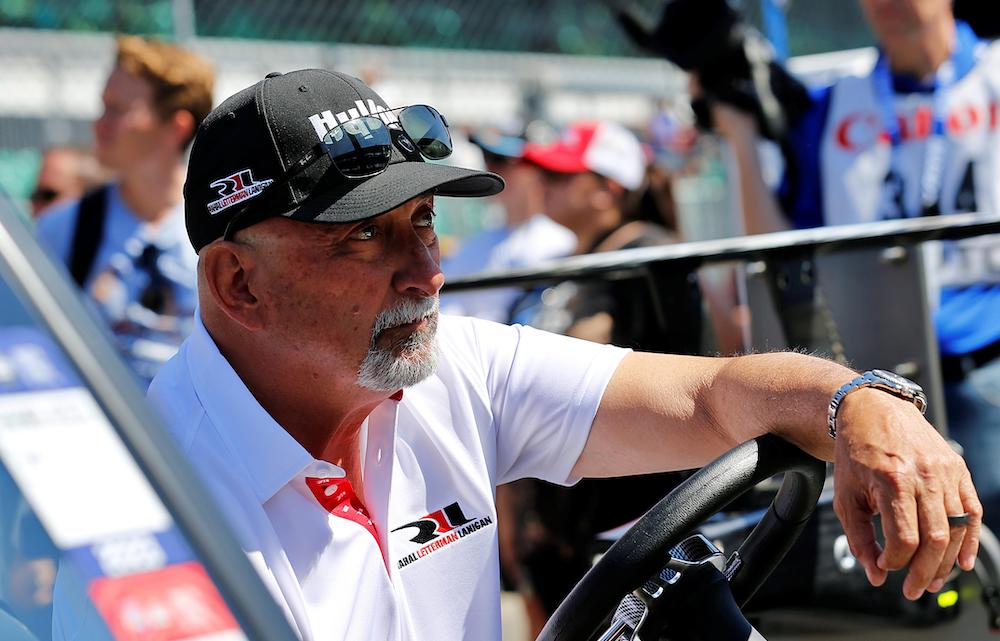Bobby Rahal and his fellow co-owners of Rahal Letterman Lanigan Racing have a genuine affinity for Christian Lundgaard. They didn’t want to search for a new driver to occupy their No. 45 Honda, but that’s where they find themselves after he chose to leave RLL for Arrow McLaren at the end of the NTT IndyCar Series season.
Rahal understands the 22-year-old has done what he considers to be the best thing at this stage of his career, but that doesn’t lessen the sting or diminish the feelings of rejection associated with Lundgaard’s impending move to partner with Pato O’Ward and Nolan Siegel in 2025.
[lawrence-auto-related count=3 category=1408]
“I’m proud of what our team has achieved over the last several years, and certainly Christian has been a part of that,” Rahal told RACER. “But when I hear people talking about McLaren being one of the top four teams, where’s the results to show that? Yes, Pato, he’s clearly the leader of that team, and I would say he will be continuing to be the leader of the team. A lot of drivers always feel like the the grass is greener somewhere else. You look at (Andretti Global’s) Marcus Ericsson. If you ask Marcus today, I bet he’d rather be back with Ganassi, right? I think he’s a hell of a driver, but the first half of the year hasn’t been so wonderful for him there.
“So what I said to the team today was I guess Christian doesn’t think we can take him to victory lane as much as McLaren. And if you base it on past history, well, that’s not necessarily a good decision. But OK, I see it, maybe we haven’t made the gains that we would like to, but we’re busting our ass to make those gains. And a career isn’t made in one year. Careers are made over multiple years.
“We loved Christian. We still love Christian. He’s a firecracker. He’s a guy that lights things up, and I’m just sad that he’s decided to go elsewhere. But I’ve been in this sport a long time, and this is not the first time it’s happened, and it’s not the last.”
Lundgaard, who sits 11th in the driver’s championship, will replace Alexander Rossi in the No. 7 Chevy, who holds seventh in the standings right behind O’Ward in sixth. After giving the ex-Formula 2 driver his break in IndyCar in the summer of 2021, Rahal wanted Lundgaard to stay and continue to lead the RLL team to better days.
“Loyalty is a big thing for me, and I know it’s a big thing for Mike Lanigan,” he added. “I remember in ’81 when I sent letters to Roger Penske and Pat Patrick about letting me drive their Indy cars on the road circuits, and I got responses from them that basically said, ‘Don’t call us. We’ll call you.’ And in ’84, Pat Patrick offered me a ride, and I turned it down because of Jim Trueman, who’d put his faith behind me and got me to IndyCar.
“At the end of ’84, Roger Penske cornered me at Las Vegas and offered me a ride. And I thought about it, and I said, ‘You know, Jim Trueman’s the one that brought me to the dance. I’m going to stick with Jim Trueman.’ And so loyalty, to me, is more important than anything, because there’s ups and downs in everything, right? And you really want to feel like you have a home when there’s peaks and there’s valleys. That’s the thing that disappoints me the most with Christian’s decision. He obviously didn’t feel that way. And that’s maybe that’s our failing,”
So where might RLL begin its search for Lundgaard’s replacement?
“You know, I feel a great deal of loyalty to Juri Vips (pictured, top) who, arguably, is one of the best Formula 2 guys out there, since many of them are coming over here,” he said of the Estonian who impressed in two RLL outings last year and remains on the payroll as a test and reserve driver.
“He’s been a great, great partner to us. He’s a team guy. I really have a lot of strong sentiment towards Juri. He doesn’t complain; you ask him to do something, he does it, and he does it very well. While I’m sorry to see Christian go, when one door shuts, another door opens and so I’m excited about our future at RLL. We’re going to be OK. We wish Christian well, and you know what? We’re going to go find someone of equal caliber to follow in his footsteps.”
With a number of sponsorship contracts to complete across RLL’s three cars, Rahal doesn’t expect to have the new driver of the No. 45 Hy-Vee Honda locked in until August, and he also spoke to suggestions the Midwest grocery store chain is leaving along with Lundgaard.
“We’re still concluding some arrangements with sponsors and what have you, so this is pretty early; but we’re in the midst of working with a number of companies, either new ones or existing ones, to renew or to extend, so we’re not going to really know what the driver situation is till the end of July, and probably more likely the end of August,” he said.
“Hy-Vee has been our sponsor since ’20 when Graham (Rahal) was running a Hy-Vee car in Iowa and finished third, which is really what ignited the interest that Hy-Vee had in joining us in a bigger way. We’ve had different drivers represent them over the years and our relationship with Hy-Vee is very strong. I’m confident that we will be with Hy-Vee in the years to come.”









